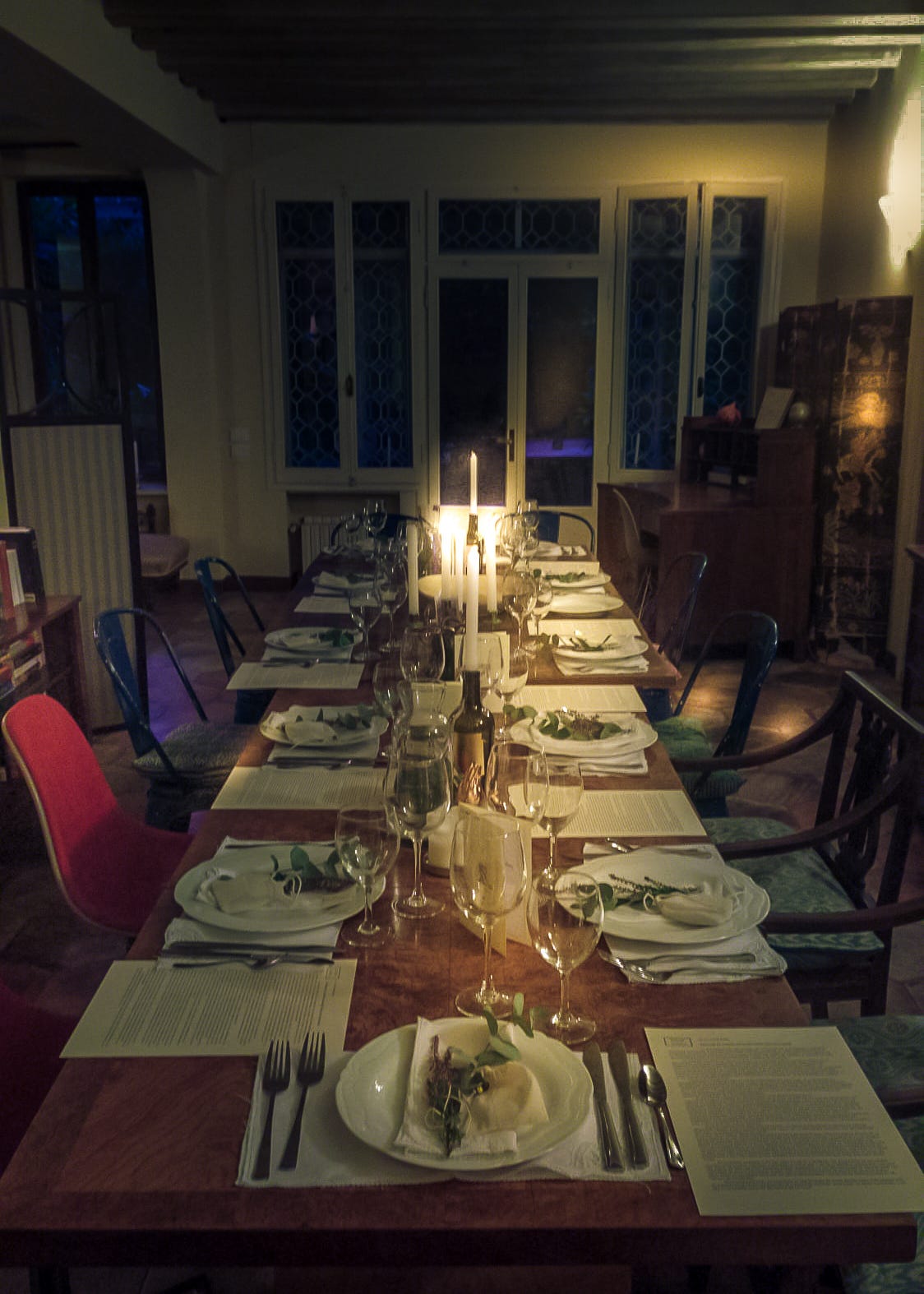Gastronomy and women have always been closely linked in Venetian history. In the C11th, Dogaressa Teodora, the wife of doge Domenico Silvio, introduced a novel table item which was known in Venezian as a “piron”. The use of the fork was initially seen as a decadent habit derived from Teodora’s Byzantine birthplace, but it seemed to catch on…
In the C14th, a rather more everyday item played a crucial role in the survival of the Republic herself, when a conspiracy led by Bajamante Tiepolo almost succeeded in overthrowing the government. The Venetians gave battle against the rebels, but the fighting had almost reached Piazza San Marco when an elderly lady had the presence of mind to drop a kitchen utensil (in some versions a cooking-pot, in others a stone mortar) onto the head of the Tiepolo standard bearer, killing him on the spot. Discouraged, his fellows fled and La Serenissima never again experienced civil war.
However, the legacy of the Venetian kitchen is perhaps most importantly preserved in the C14th “Libro del Cuoco” (“Book of Cook”), the earliest surviving manuscript of Italian recipes. Its nineteenth century editor referred to the unknown author in the masculine as Anonimo Veneziano, but since there is absolutely no reason to believe that the author was a man, Sugar Street Supper Club is this evening proud to present a menu of flavours from Venice and her lagoon inspired by Anonima Veneziana, who was certainly “a good fork” (a gutsy eater).
Whilst fish is obviously a staple of Venetian cuisine, the gardens of Giudecca and the fields and orchards of Sant’Erasmo, not to mention the herd of dairy cows who once patrolled campo San Vio’ just a few steps away from Sugar Street played an equally important role in provisioning the city. Mushrooms, pear, sage and pumpkin feature in our cichetti, while our quince kir recalls Venice’s many hidden walled gardens, where fruits were grown en espalier. Anonima Veneziana would never have encountered a tomato, and indeed tomato sauce only began to be tolerated by the proud Venetians in the C19th, so our primo is simply and intensely sauced with another autumnal staple, cavolo nero, and the freshest olive oil.
Anonima would have been very familiar with “saor”, the sweet-sour sauce so beloved in the city. “Saor” would certainly have been known to Dogaressa Teodora, as its origins derive from Roman Byzantium, and, even earlier, to Persia. “Saor” shares flavour elements with ancient roman garum, and Byzantine traditions also inspired the flavour and technique of our secondo, whole chicken baked tagine-style with Byzantine spices. Spice made Venice the greatest trading nation on earth, and huge quantities were used in fashionable medieval food. Anonima gives her own recipe for spice mix: cinnamon, ginger, pepper, cloves and saffron, which we use tonight with very little adaptation. Spices were hugely precious, and we feature them again in our spiced roast fig dessert, as well as our Pausa. In autumn, when the air is very still and bright, the Dolomite mountains can be seen so vividly across the lagoon that one can almost believe one sees the needles on the pines. Anonima would surely have seen the pink rocks melding into the pink sunsets, a mesmerizing melding of colour which (perhaps) she might have celebrated in a gloriously bright salad of grapefruit and ginger ‘snow”.
We hope that the colours and flavours of this menu will inspire you not only to celebrate the beauties of the Venetian autumn, but the genius of Anonima, one of the city’s greatest unsung artists.




